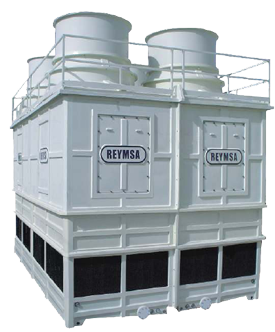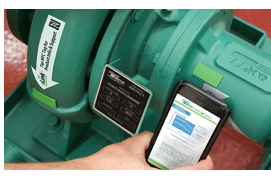This blog post was written by Mike Jakubowski of Griswold Water Systems.
 Water remaining in idling cooling systems over the winter months tends to lose oxygen, supporting injurious corrosion and bacterial processes. Hopefully, the system operator took preventative measures in the fall by reviewing and implementing the suggestions provided in our bulletin: Seasonal Shutdown in Northern Climates.
Water remaining in idling cooling systems over the winter months tends to lose oxygen, supporting injurious corrosion and bacterial processes. Hopefully, the system operator took preventative measures in the fall by reviewing and implementing the suggestions provided in our bulletin: Seasonal Shutdown in Northern Climates.
- Inspect the tower sump and distribution pan for large debris
- Repair any lubricant leaks present in the fan and gearbox
- Use a hose to rinse out airborne dust and soot collected while dry (clean if necessary)
- Notify the Certified Service Partner (CSP) of the intended fill date
- Inspect outdoor water-filter systems for freeze damage
Upon filling the tower, a precautionary slug-dose of a chemical oxidizer such as chlorine, bromine, or peroxide by the CSP will get the system off-and-running with low bacteria counts - which of course, the Wave will maintain without chemical additions throughout the operating season.
In the days to weeks following start-up, remember to inspect the system for iron-throw; chips of iron-based tubercles that form in stagnant pipe or cleave from formerly air exposed piping. They can cause overflow in the hot-water distribution pan (hot deck) or limit flow in spray nozzles.
Having the CSP onsite for the seasonal start-up provides the opportunity to review the conductivity set-point determined by the latest makeup water analysis (mineral content fluctuates seasonally in many locations). Keeping the water system operating above saturation aids in maintaining corrosion-bio-scale control with optimum water use efficiency.




-png.png)





Submit a Comment